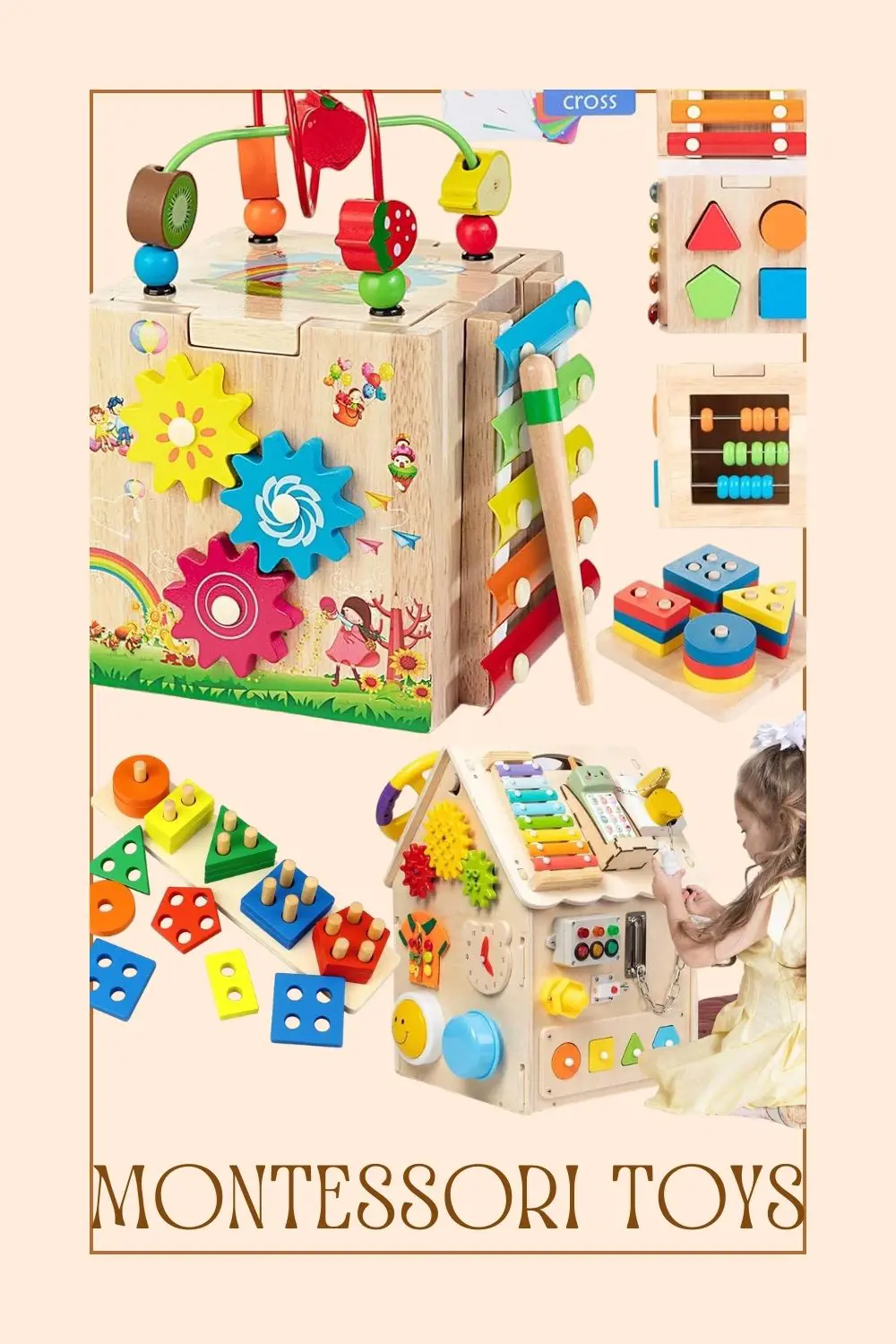1. Soft Mobiles (0-6 months)

Soft mobiles are perfect Montessori toys for newborns as they provide visual stimulation without overwhelming their developing eyesight.
The gentle movement and high-contrast patterns engage their attention, promoting early visual tracking skills and laying the foundation for visual development.





















